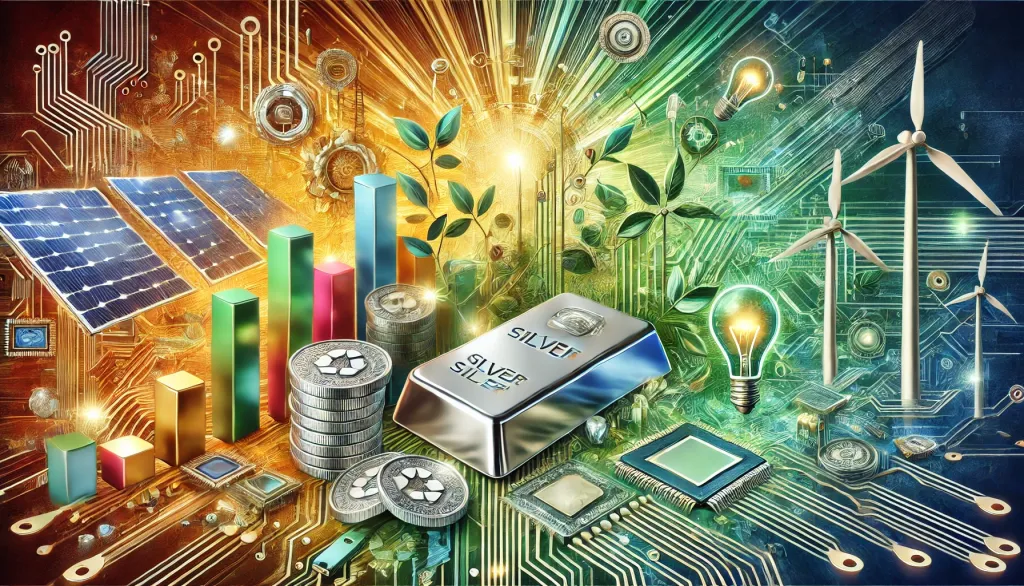Why Silver?
A Precious Metal for All Ages
Economy
2024-12-16

Silver became important due to its unique physical properties, historical significance, and diverse applications. Its journey to prominence spans millennia, influenced by its role as a medium of exchange, a store of value, and a crucial material for industrial and technological advancements.
Silver’s blend of beauty, rarity, functionality, and adaptability has made it a cornerstone of human progress. Its historical importance as currency and its essential role in modern technology ensure it remains a critical asset in both economic and industrial spheres. Its dual role as a precious metal and an industrial material distinguishes it from other commodities, securing its lasting significance.
Historical Significance
Ancient Currency:
- Silver was one of the earliest metals used as money, valued for its rarity, durability, and divisibility. Ancient civilizations, including the Greeks, Romans, and Chinese, minted silver coins, facilitating trade and commerce.
- Its role in coinage continued into modern times, with silver-backed currencies like the U.S. dollar (until the late 20th century) ensuring economic stability.
Cultural and Religious Value:
- Due to its lustre and perceived purity, silver has been used in religious artifacts, jewelry, and decorations. In many cultures, it symbolizes wealth and status.
Physical Properties
Conductivity:
- Silver is the most conductive metal for electricity and heat, making it indispensable in electronics and electrical applications.
Malleability and Ductility:
- Its shape and stretchability make it ideal for crafting jewelry, coins, and intricate designs.
Antimicrobial Properties:
- Silver has natural antibacterial properties and is utilized in medical tools, water purification, and even ancient wound dressings.
Industrial and Technological Applications
Electronics:
- Silver’s conductivity is vital in semiconductors, printed circuit boards, and other electronic components.
Solar Panels:
- It plays a critical role in photovoltaic cells, crucial for solar energy production, as global renewable energy initiatives expand.
Medical Applications:
- Silver is used in wound dressings, antimicrobial coatings, and medical instruments because it prevents infections.
Photography:
- Before digital imaging, silver halides were used extensively in photographic film.
Batteries:
- Silver-zinc batteries offer high energy density and are used in specialized applications like aerospace.
Economic and Financial Importance
Hedge Against Inflation:
- Silver, like gold, is a "safe-haven" asset, protecting purchasing power during economic uncertainty or inflation.
Investment: - It is a popular investment metal, with many choosing to hold physical silver or invest in silver stocks, ETFs, or futures.
Emerging Demand
Green Technology:
- With the global shift towards sustainability, silver’s role in solar panels and electric vehicles is growing rapidly, cementing its importance in the transition to clean energy.
Global Industrial Growth:
- As economies modernize, especially in developing nations, the industrial demand for silver in electronics, medical devices, and infrastructure is increasing.
